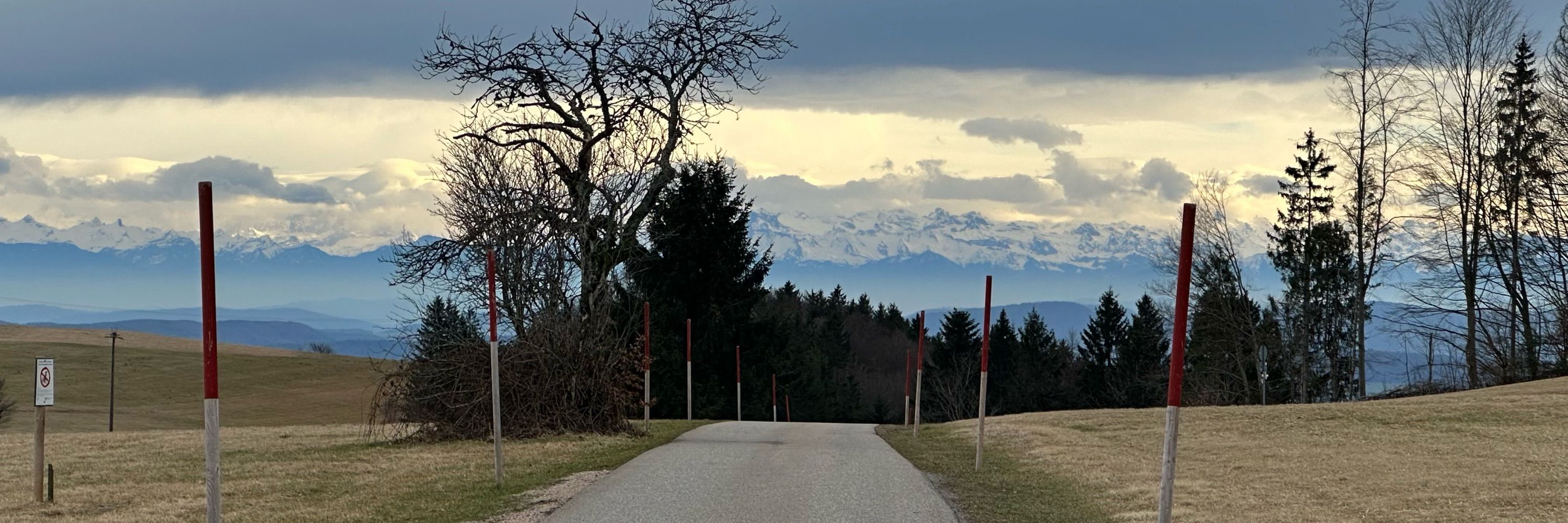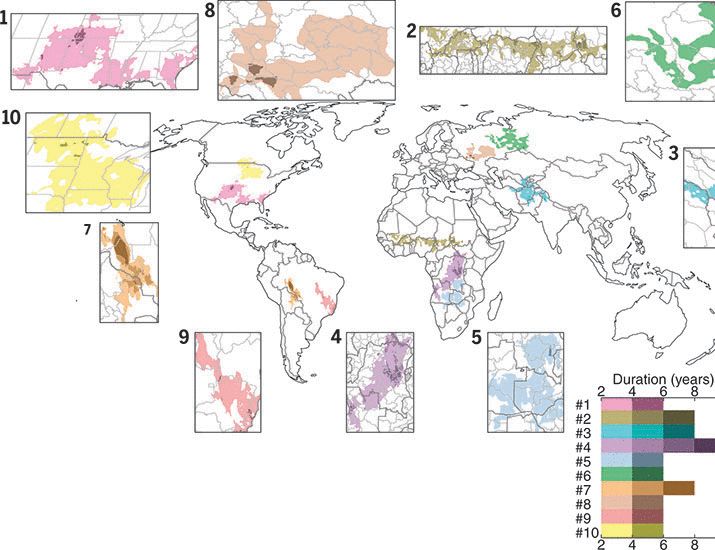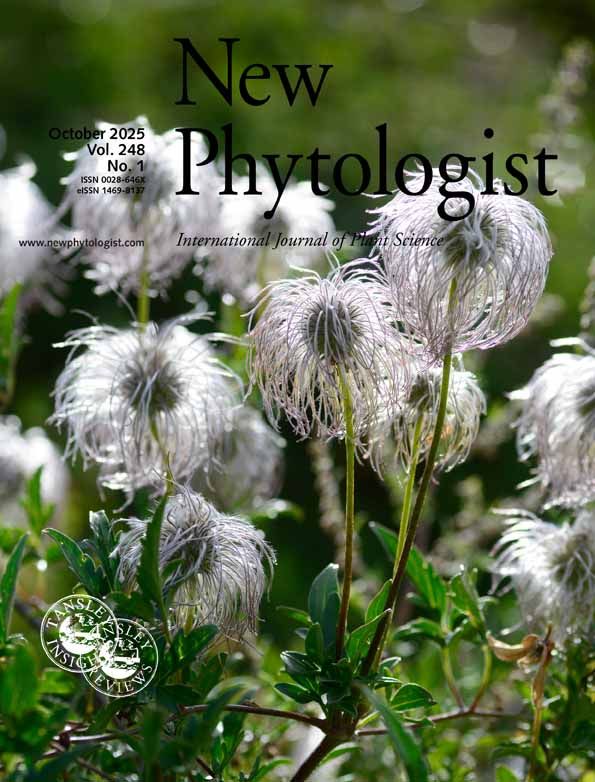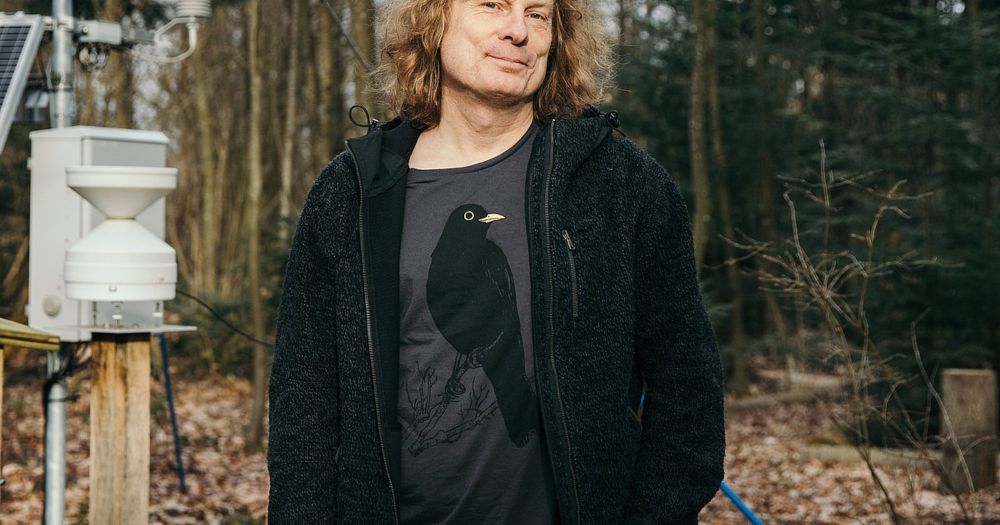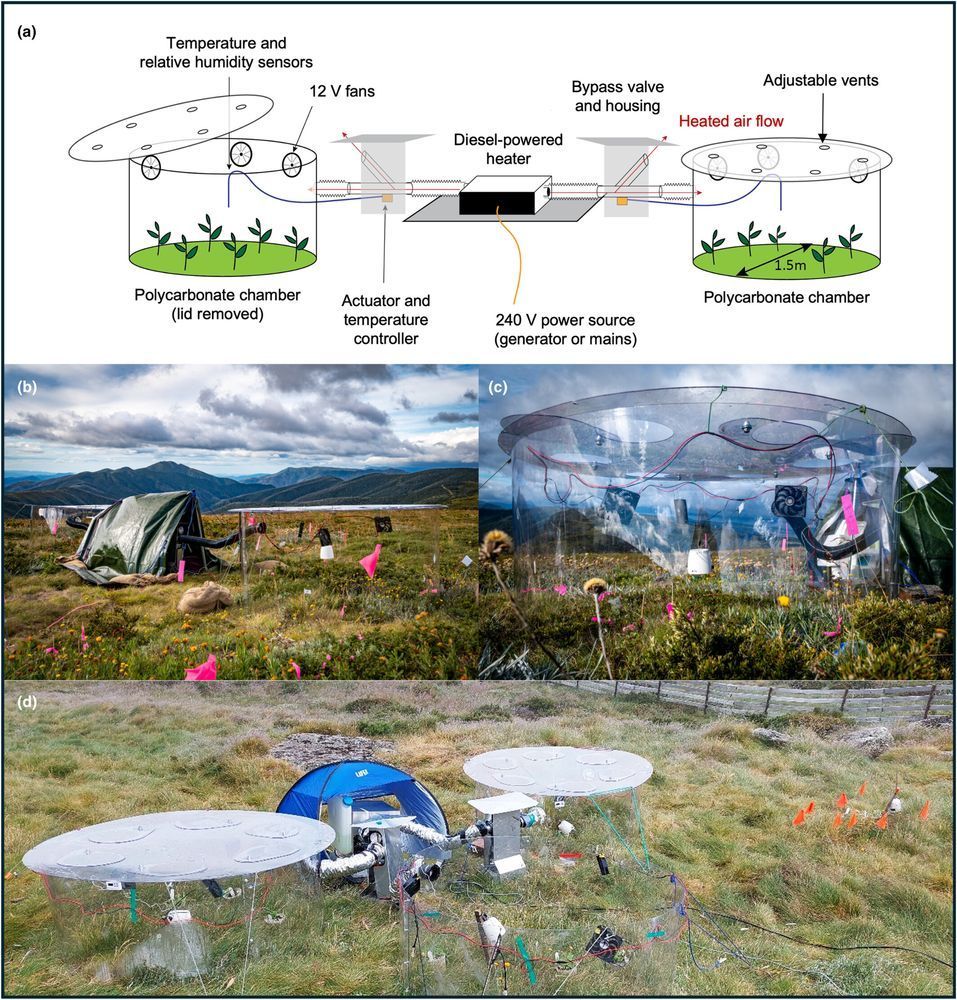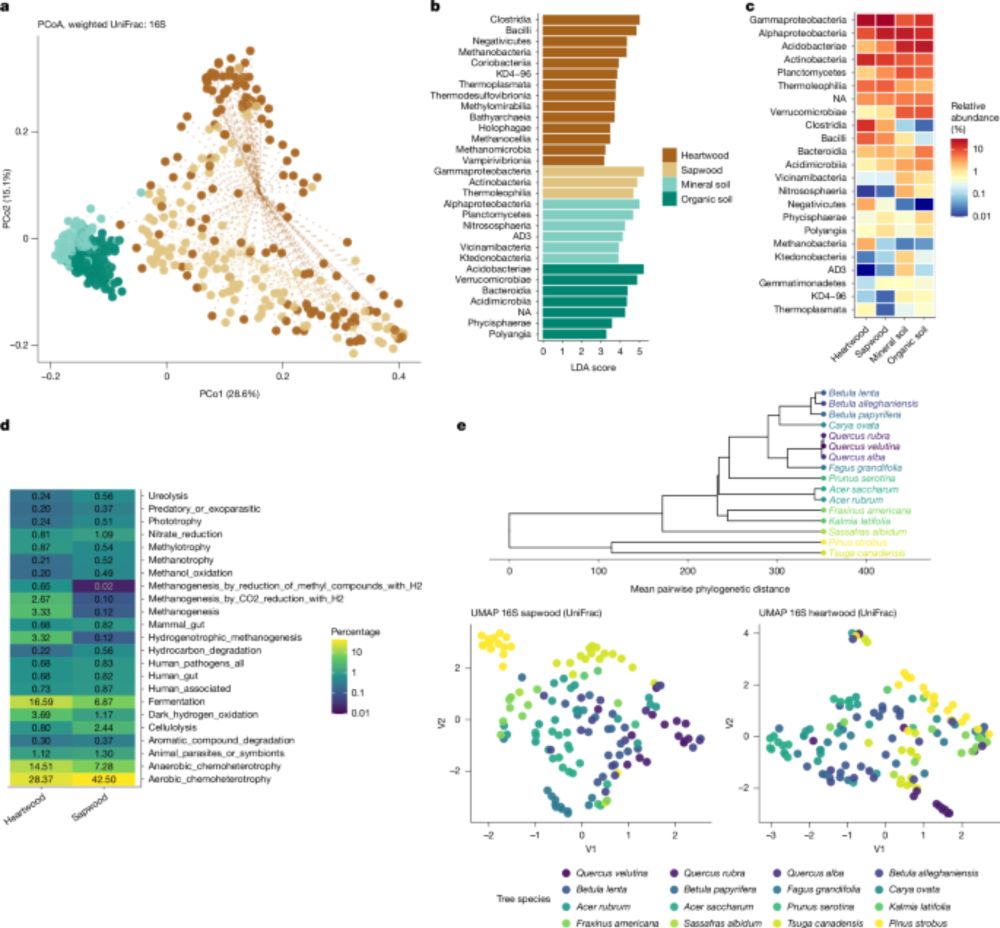Arthur Gessler
@arthurobuntspecht.bsky.social
4.1K followers
6.8K following
340 posts
#Ecosystem Science and Impacts of #Climate Change; #Forest #Ecology; #Biodiversity.
| Ecosystem Ecology group at @wslresearch.bsky.social |
| Professor at @usyseth.bsky.social |
| Head of the @SwissForestLab.bsky.social |
Posts
Media
Videos
Starter Packs
Reposted by Arthur Gessler
Reposted by Arthur Gessler
Zack Labe
@zacklabe.com
· 10d

After Trump cut the National Science Foundation by 56 percent, a venerable Arctic research center closes its doors
The Arctic Research Consortium of the United States funded programs that aided Indigenous communities and tracked melting sea ice, among dozens of initiatives.
grist.org
Reposted by Arthur Gessler
Reposted by Arthur Gessler
